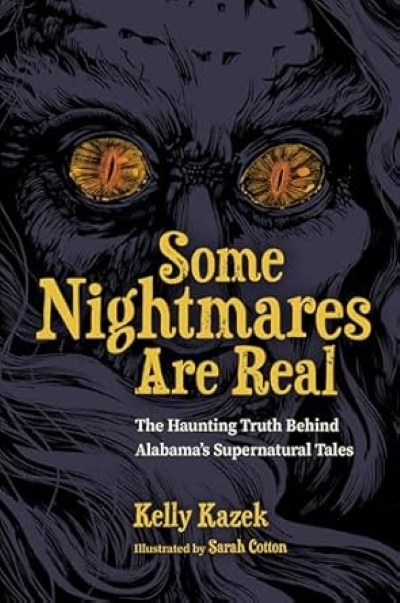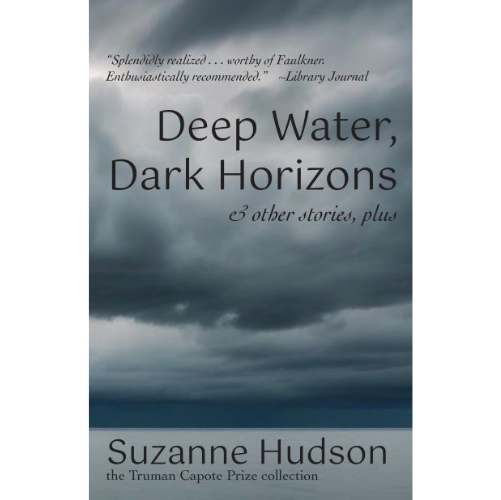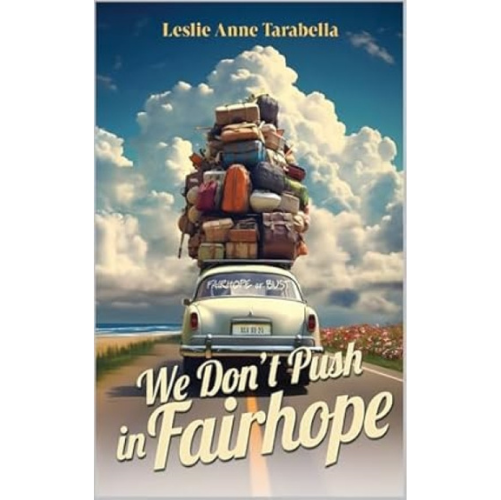Some Nightmares Are Real: The Haunting Truth Behind Alabama’s Supernatural Tales
By Kelly Kazek
Illustrated by Sarah Cotton
The University of Alabama Press, 2024
Hardcover: $22.95
Genre: Young Adult, Folklore, Ghost Stories
Reviewed by Alan Brown
 For generations, writers and filmmakers have labored under the premise that audiences love to be scared. In most of these cases, the reader or the viewer knows that the threat presented in the stories is not real. As Alabama folklore writer Kathryn Tucker Windham said, “You don’t have to believe in ghosts to enjoy a good ghost story.”
For generations, writers and filmmakers have labored under the premise that audiences love to be scared. In most of these cases, the reader or the viewer knows that the threat presented in the stories is not real. As Alabama folklore writer Kathryn Tucker Windham said, “You don’t have to believe in ghosts to enjoy a good ghost story.”
This sentiment is echoed in the book Some Nightmares Are Real: The Haunting Truth Behind Alabama’s Supernatural Tales by award-winning journalist and author Kelly Kazek. In the Introduction, Kazek traces her love of ghost lore back to attending a backyard cookout when she was six years old, sitting around a fire pit with friends and family and listening to one of the fathers in the group tell the spine-tingling legend of “Rawhead and Bloody Bones.” In her book, Kazek narrates ten of Alabama’s most spine-tingling ghost legends. Most of these stories are regional tales not nearly as well-known as those found in Kathryn Tucker Windham’s 13 Alabama Ghosts and Jeffery or Jeffrey’s Latest 13. The stories’ lack of familiarity will make them seem “new” to many readers, even those who are fans of the genre.
Whereas most authors of “true” ghost stories begin with the history of a location and then include personal accounts of ghostly encounters at these places, Kazek employs a format found in podcasts like “Freaky Folklore.” She introduces her young readers to these legends by embedding them in frame stores that she refers to as “invented tales” with fictional characters. In the appendix titled “Which Parts of the Legends Are Real,” she explains the historical backing of each of the ten legends. She takes care to point out the legends that have no basis in historical fact, like the train crash in Madison, Alabama, which supposedly generated the ghost train in Legend 7. She also provides information regarding the locations of the settings for the legends so that her readers can actually visit them.
Although Kazek’s attempt to use the written word to re-create the experience of hearing a campfire story is not entirely successful, she does a good job making each frame story relevant for her young readers by using school-age children as her protagonists. Most readers will be able to relate to the situations that Kazek’s characters find themselves in. In Legend 2, “The Dead Children’s Playground,” Becks is pressured by her friends to do something she does not really want to do: visit the “haunted” playground in Huntsville’s Maple Hill Cemetery. In Legend 4, “The Ghost Town of Praco”, the statement that social studies student Heath Horton gives to the police sounds like something a teenager would say mostly because of the informal expressions he uses, such as “I mean, I couldn’t hear words or anything!” or “I felt like my tennis shoes were glued to the ground.” In Legend 5, “They Saw the Light at the Redmont,” a tenth-grade student named JoLynn relates her paranormal encounter at Birmingham’s Redmont Hotel in a report that she is presenting to the class. Kazek periodically interrupts JoLynn’s narrative with her classmates’ reactions to what they are hearing.
Sarah Cotton’s illustrations enhance the “spooky” atmosphere that Kazek creates in her frame stories. The cover illustration—a blue, witch-like face with piercing orange and yellow eyes—immediately captures the reader’s attention. Some drawings can best be described as “gross,” a quality that many young readers will likely appreciate. Examples include the ghostly girl with the dark, eyeless sockets enjoying her swing in the Dead Children’s Graveyard. Cotton’s highly imaginative depiction of the “Wolf Woman of Mobile” effectively brings Kazek’s description of the creature to life: “She didn’t look flirtatious or like a comic book character. She looked…like a wild creature in search of a dinner.” Cotton’s drawing of the captain of the ghost ship Gloria Colita, complete with sea creatures covering his jacket and poking out of his skull-like eyes, is memorable in its attention to detail. It truly is a “nightmarish apparition,” the sort of thing that will both frighten and delight adolescent readers.
Kazek’s love for Alabama’s ghost legends permeates the book. Readers who are not lovers of ghost stories when they open the cover of Some Nightmares Are Real will likely become converts by the time they finish the book. Historically minded readers of any age will appreciate the book’s value as a supplement to the state’s historical record. Kazek’s inspiration for the book, Kathryn Tucker Windham, would definitely approve of her use of the state’s lesser-known supernatural tales to help keep Alabama’s ghost lore alive.
Alan Brown is a professor of English and Folklore at the University of West Alabama. He is the author of Eerie Alabama, Ghostly Tales of Alabama, The Haunting of Alabama, and over 40 other books, most of which deal with ghost stories and legends from the American South.






Leave A Comment
You must be logged in to post a comment.